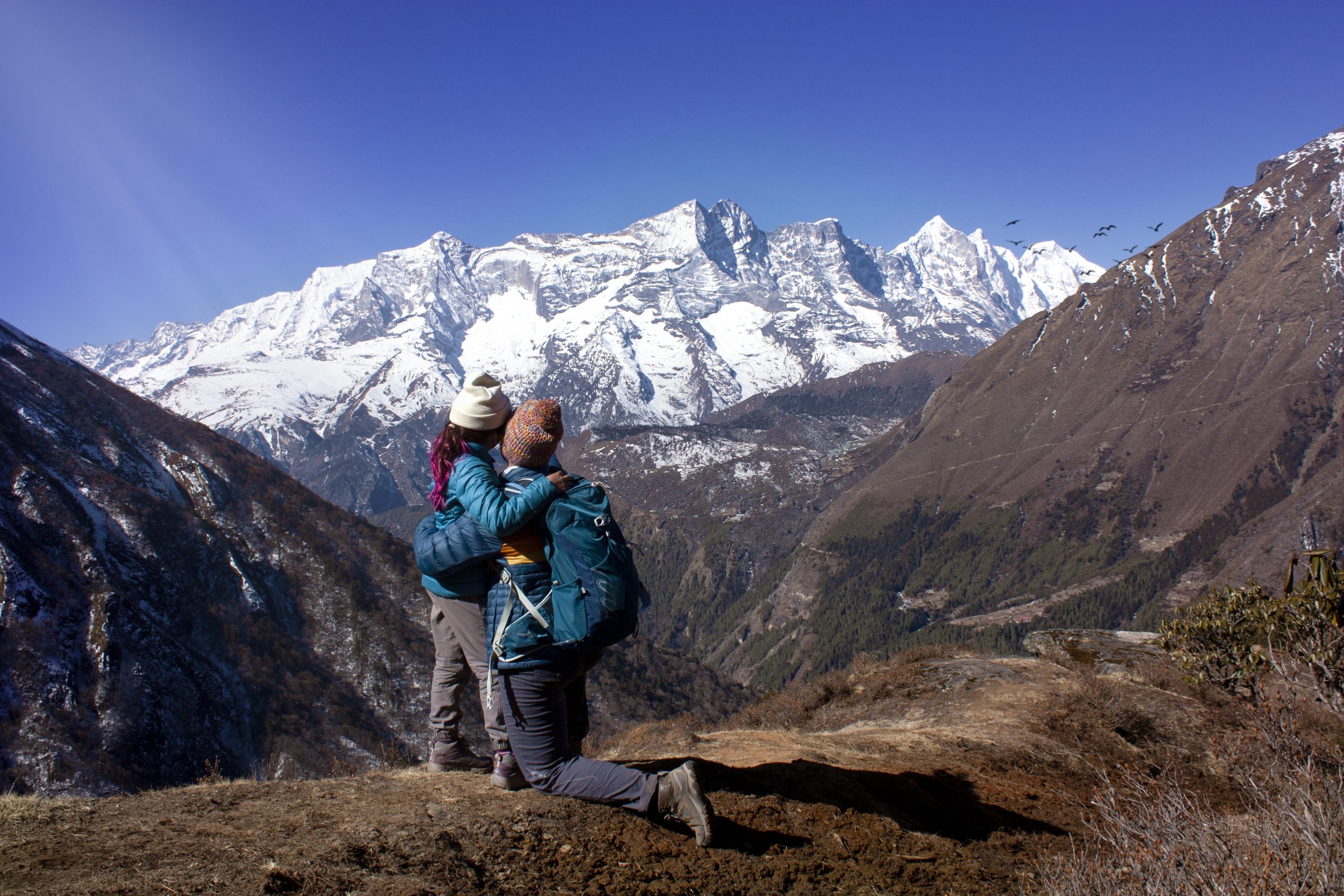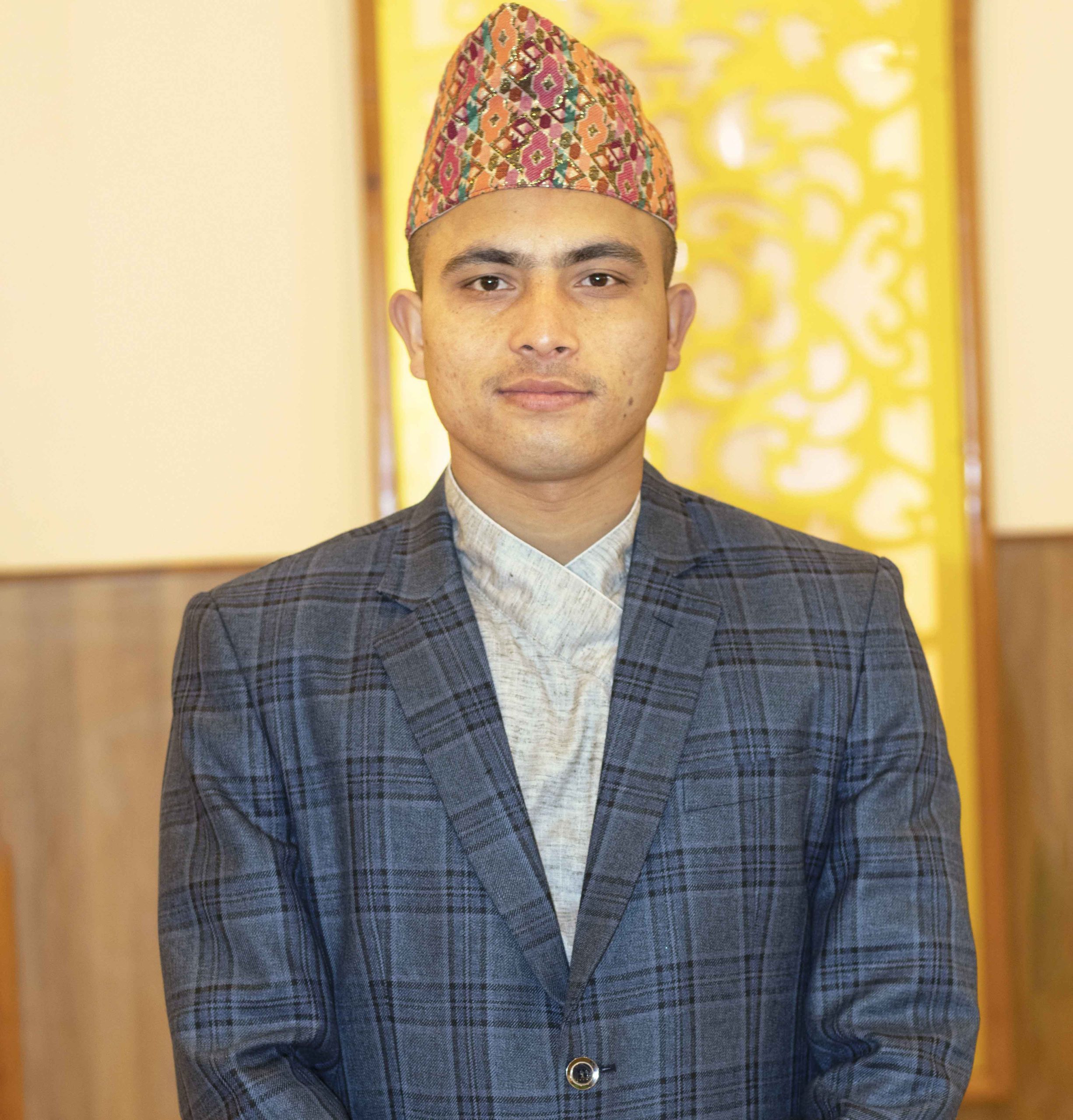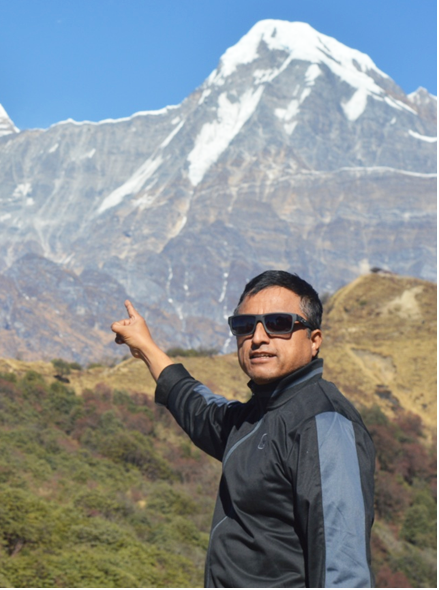Trip Introduction
Overview
Synonymous to the word trekking itself, the majestic Everest region has always been a buffer zone for trekkers and adventurers alike regardless of the adventure they are seeking. The prospect of gazing at the tallest point on earth is always a welcoming one and combining this with the stunning natural as well as cultural beauty of the region makes up for an amazing adventure. The Everest Short trek is our attempt to pack everything good about the region into one small package offering you nothing but unforgettable memories. This journey has a little bit of everything. Majestic Himalayas in the form of Mt. Everest (8,848m), Ama Dablam (6,812m), Mt. Lhotse (8,516m) authentic Sherpa hamlets where the ancient way of life is reflected in vibrant cultures and the endless natural beauty. The Everest Short Trek is targeted for those who don’t have enough time on their hands or who would love a relaxed journey to the Himalayas.
Taking some time off at the Kathmandu valley while also touring its stunning heritages, we kick off our adventure with a scenic and thrilling adventure to Lukla. The mesmerizing views of the Himalayas from up above and the adrenaline rush while touching down at Lukla make a great opening pair for us. Following the Dudh Koshi River, the journey takes us through lush green forests over to the hamlet at Phakding for our first night on the go. Past the hamlets of Chumoa, Benkar, and Monjo the trail enters the Sagarmatha National Park at Jorsale and continuing it’s ascend to Namche. Taking a day off at Namche to tour this picturesque town provides us an in-depth review of the Khumjung monastery and the Everest View Hotel. We head over to Tyangboche where the ancient Dawa Choling Monastery awaits us. After unraveling the secrets of Buddhism and the monastery, we head towards Monjo via Namche and Jorsale. Spend the evening at Monjo to learn the language and culture of Sherpas before heading back to Lukla. A discreet flight leads us to Kathmandu and it signals the end of this amazing 11-day trip.
We here at Malla Treks Nepal are always searching for travel enthusiasts that share the same passion as us for trekking. Well-constructed itineraries to help you through the day and well-trained guides to take care of problems you might face in the Himalayas we assure you an unforgettable adventure filled with memories. Travel with us to get the optimum benefit of your money.
Short Itinerary
| Day |
Location |
Elevation |
Activities |
Walking
Hours |
Overnight
Stay |
| 1 |
Arrive in Kathmandu |
1400m |
Arrival in Kathmandu and drop hotel and relax |
45 min – 1 hours |
Kathmandu |
| 2 |
Pre-trip meeting and Kathmandu cultural sightseeing tour |
1400m |
Meeting and culturel sightseeing |
– |
Kathmandu |
| 3 |
Fly to Lukla , trek to Phakding |
2840m-2610m |
Flight and trek day |
33 min- 3 hours |
Phakding |
| 4 |
Trek from Phakding to Namche Bazaar |
3440m |
Trek day |
6 hours |
Namche Bazaar |
| 5 |
Explore day and acclimatization day at Namche Bazaar |
3440m |
Explore and acclimatization day |
– |
Namche Bazaar |
| 6 |
Trek from Namche Bazaar to Tyangboche |
3860m |
Trek day |
5 hours |
Tyangboche |
| 7 |
Trek from Tyangboche to Monjo |
2835m |
Trek day |
5 hours |
Monjo |
| 8 |
Trek from Monjo to Lukla |
2840m |
Trek day |
4 hours |
Lukla |
| 9 |
Fly back to Kathmandu. Overnight at the hotel |
1400m |
Flight Back to Kathmandu |
33 min |
Kathmandu |
| 10 |
Free day in Kathmandu and farewell dinner |
1400m |
Rest, Relax and farewell dinner |
– |
– |
| 11 |
Departure to international airport for your final flight |
– |
Transfer to international airport |
– |
|
Trip Highlights
Trip Highlights
- Exploring the coveted Everest Region
- Admiring the stunning views of the Everest Himalayan range
- Visiting the revered Khumjung monastery and the Everest Hotel view in Namche Bazaar
- Walking along the banks of the Dudh Koshi river and relishing at the different cultures in these parts
Trip Facts
Geography : Forest, Hills
Location : Solukhumbu and Sankhuwasabha
Level of Difficulty : Moderate to difficult
Duration of Trek : 11 days
Max Altitude : 3,860m
Religions : Buddhism and Hinduism
Ethnic People : Sherpa, Rai, Gurung
Accommodation : Hotels, Lodges
Transportation : Flight
Minimum Pax : 02




